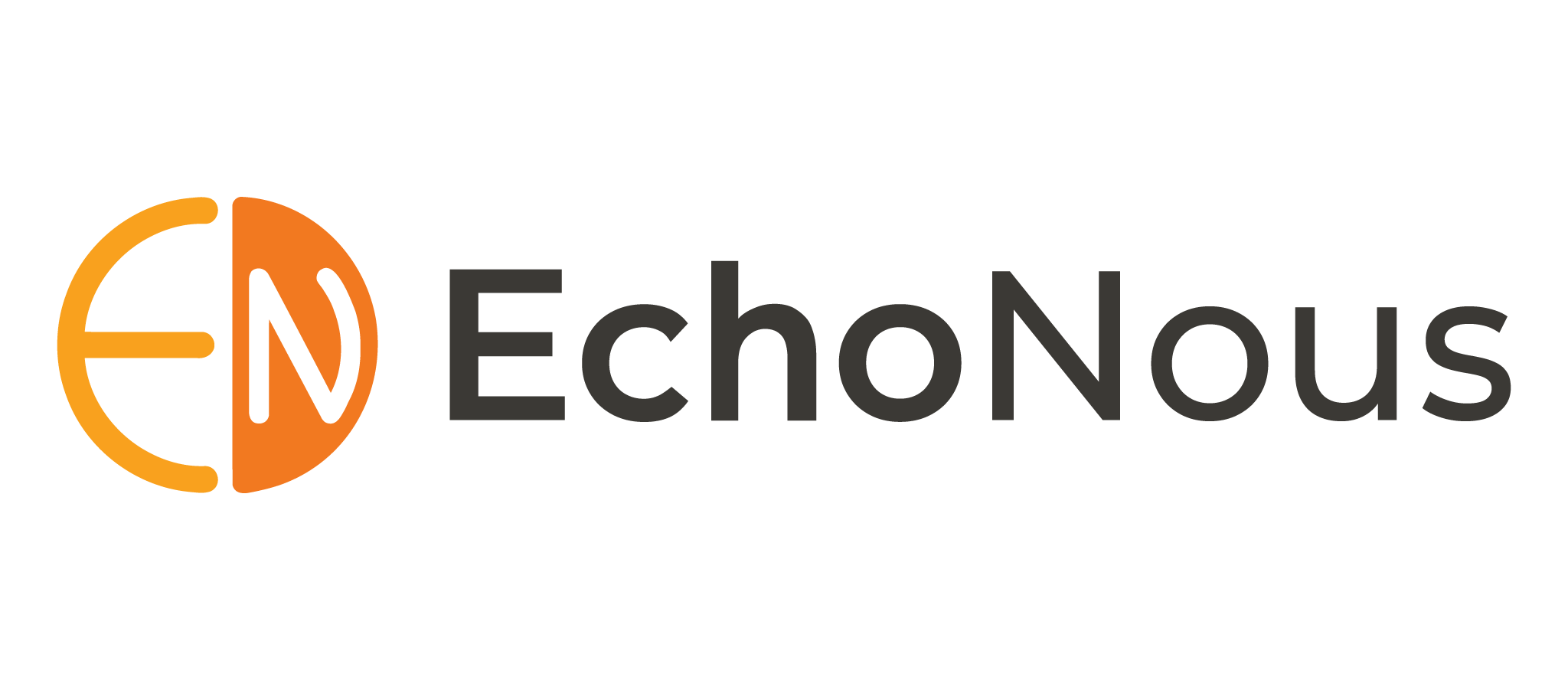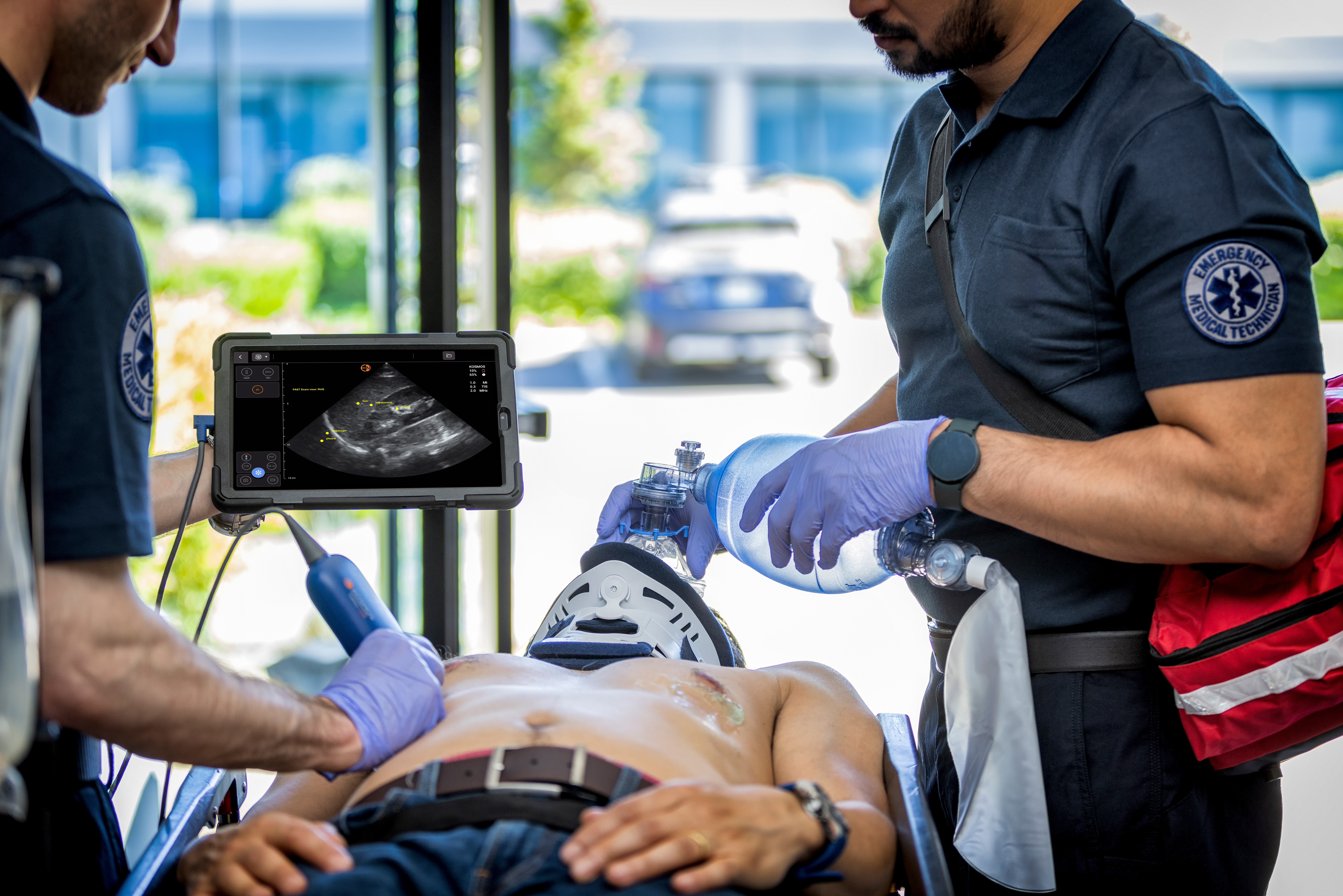
Emergency Medicine
POCUS in Emergency Medicine
With the ever-changing landscape of health care delivery, a greater proportion of patients are receiving their initial care and diagnostic testing in emergency department. Ultrasound is now an essential tool to expedite triage and time to diagnosis, decreasing morbidity and mortality in critically ill patients. Uses can range from a quick assessment to a more complete examination. It answers specific clinical questions, guides clinical therapy, and can directly impact patient management. Accessibility and availability is key to effective use of ultrasound for emergency medicine. With a new era of affordability and with AI capabilities becoming more available on POCUS, the use model continues to expand.
COMMON USES OF POCUS IN THE ED:
- eFAST
- Assessments for internal injuries in traumatic patients
- RUSH Exam
- For undifferentiated shock
- PEA
- In cardiac arrest
- AAA
- Goal Directed Echocardiography
- Including IVC
- Gall Bladder and RUQ
- To evaluate acure cholecystitis
- Lung and Pleural
- Assessment of patients with respiratory failure, pneumothorax, pleural effusion
- Renal Exam
- Management of acute kidney injury, urinary tract infection and kidney stones
- Procedure Guidance
- Required for treatment of critical illness or routine management of disease process including vascular access like central line placement (IJC, CFV), difficult peripheral arterial and cenous catheter insertion, incision and drainage of abscess, arthrocentesis, airway management, thoracentesis, lumbar puncture
- Deep Vein Thrombosis (DVT)
- Nerve Blocks
- Soft Tissue/Musculoskeletal Imaging
- May diagnose some fractures, tendon injuries, and foreign body identification
- Testicular Exam
- Cystic and solid lesions, testicular torsion
Kosmos Advantages in Emergency Medicine
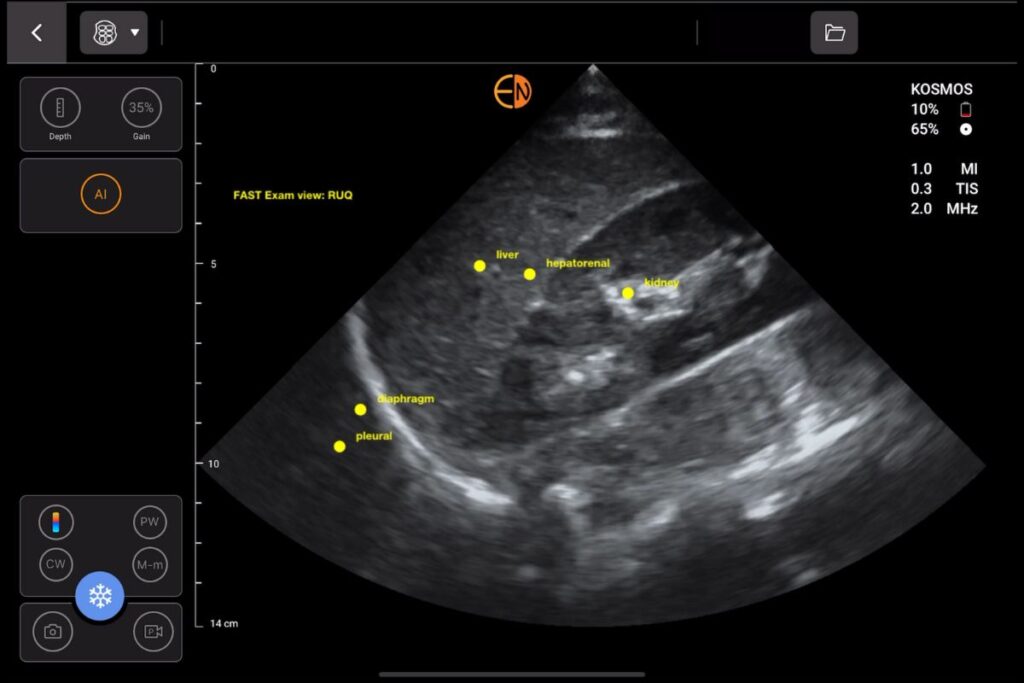
Top Tier Image Quality for Informed Decisions
Kosmos no-compromise image quality with quick access to presets, gives rapid access to heart, abdominal, lung, MSK and vascular applications
One Transducer for Multi-systemic Assessments
In emergency settings, speed is essential. No need to change probes. The Torso-One provides imaging of heart, lung, abdomen and pelvis
Procedural Safety
Higher resolution compound imaging on Lexsa probe improves visualization of anatomy and needle path
Why Wait?
The ONLY ultraportable device quipped with PW, TDI and CW Doppler, with extensive cardiac calculation package so you can look, measure and decide.
AI
AI FAST
Labels upper quadrant and pelvic anatomy, so less experience users can be more confident in their examination of trauma patients
EF
Auto EF
Get quick answers for left ventricular systolic function at the bedside with our AI-driven gold-standard Biplane EF. Trio features can auto-capture your images
NEW | Auto Preset
Touch-free, real-time exam preset optimization
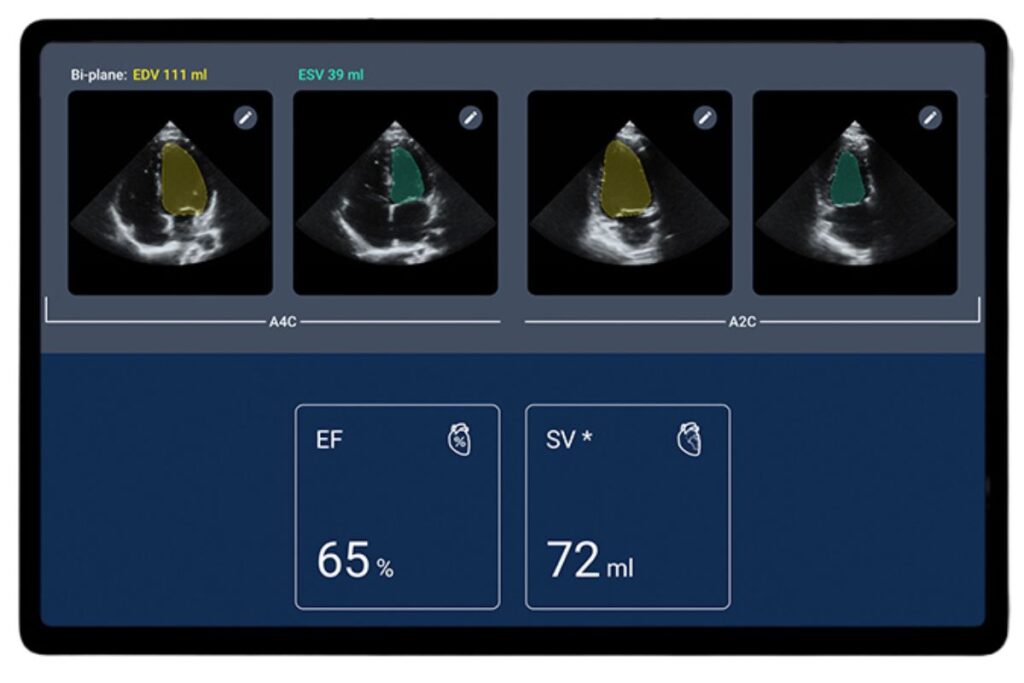
Battery Life
Ninety minutes of continuous scanning capability allows for reliability during critical times
Portability
Use Kosmos as an ultraportable device or wheel to the bedside on our space efficient AI Stand. Kosmos is easy to store and ready to go
Easy to Clean
Kosmos is Trophon compatible and designed for clinical scenarios where repeated cleaning is required
5-Year Warranty
We have you covered with our robust, industry-leading warranty serviced by our team in Redmond, Washington
Kosmos Configurations
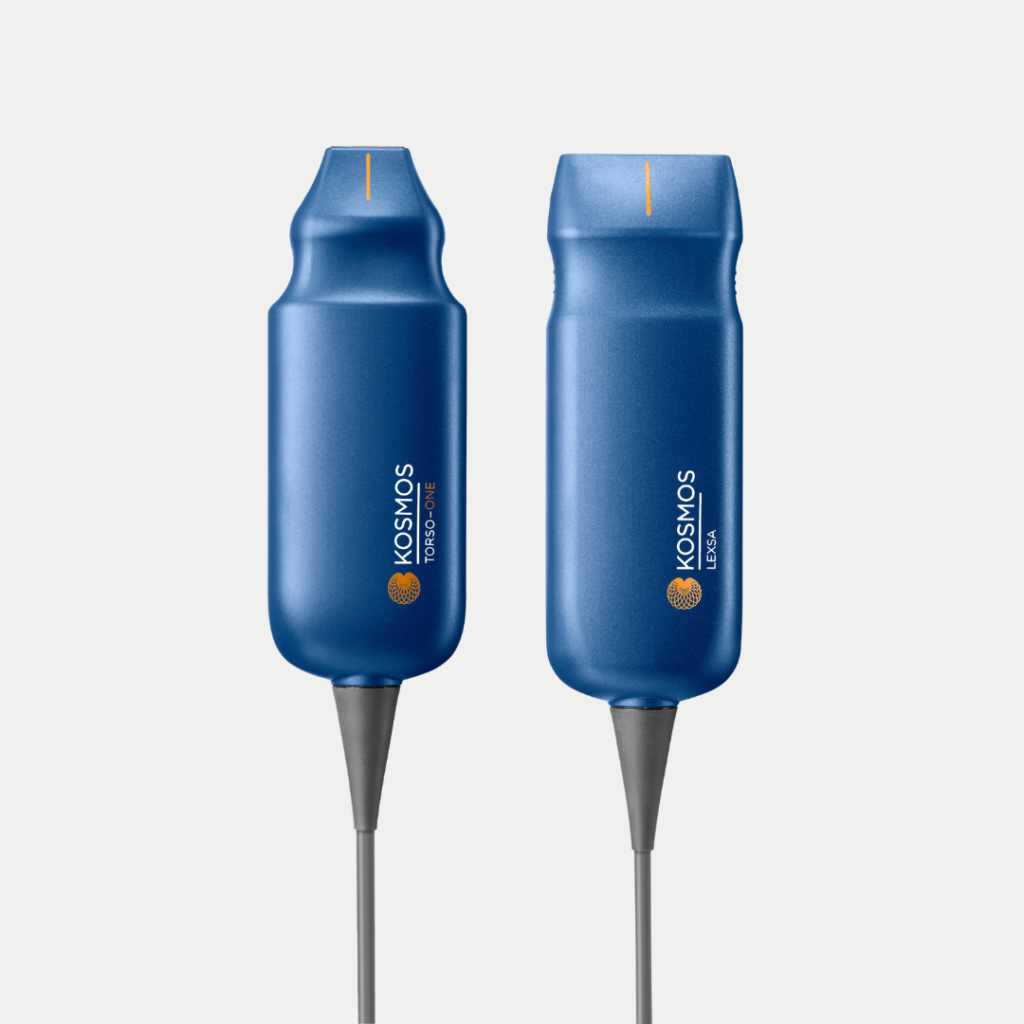
Standalone Probes
Torso-One Phased Array probe for Heart, Lung, Abdominal, and Bladder AI applications
Lexsa Linear Array probe for MSK, Vascular, Nerve, Guidance and Lung applications

Kosmos Plus
Fully-featured POCUS configuration with everything included — cutting-edge AI, advanced Doppler features, choice of probes, a 13in Apple iPad® and medical-grade stand — all for less than $21k
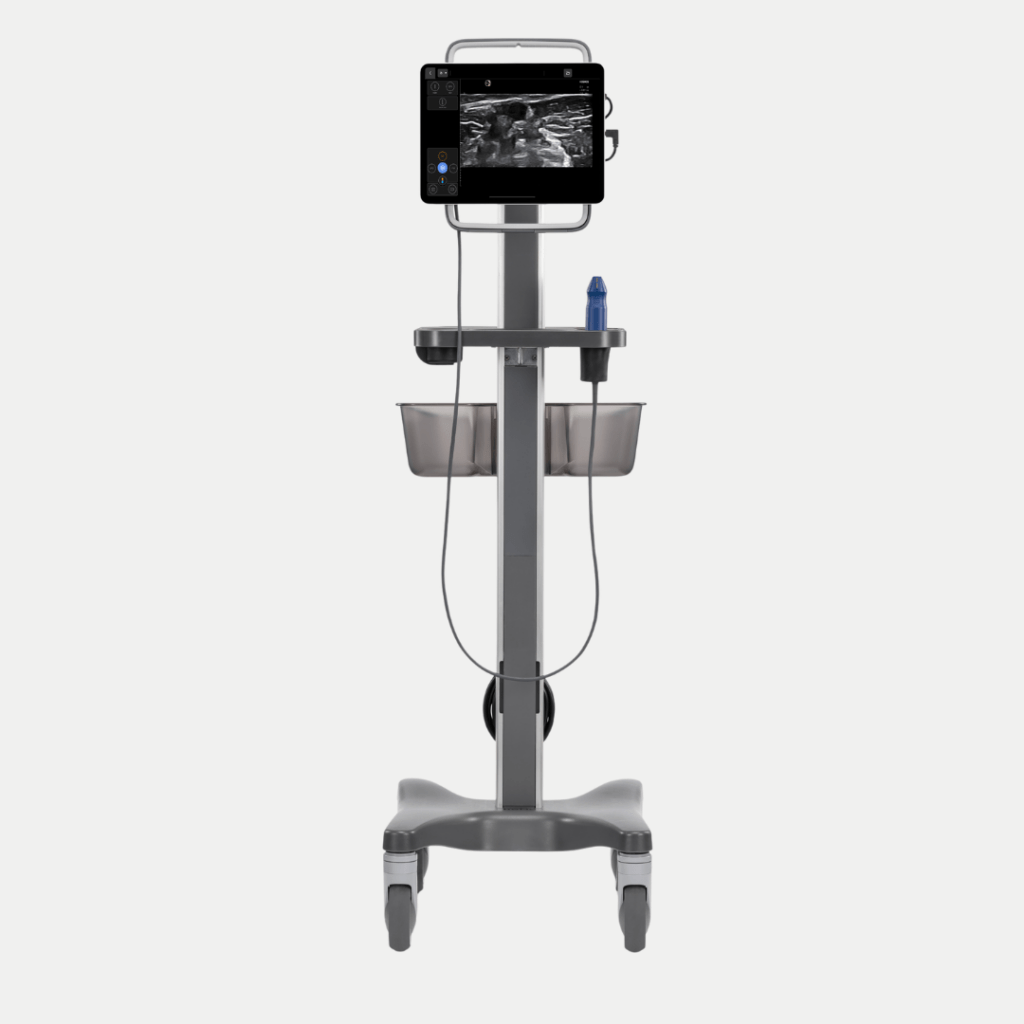
Kosmos Vascular Access Bundle
The perfect solution for Ultrasound-Guided Vascular Access applications — Color Doppler, Color Power Doppler, Pulsed Wave Doppler, Kosmos Lexsa probe and a medical-grade stand — all for less than 12k
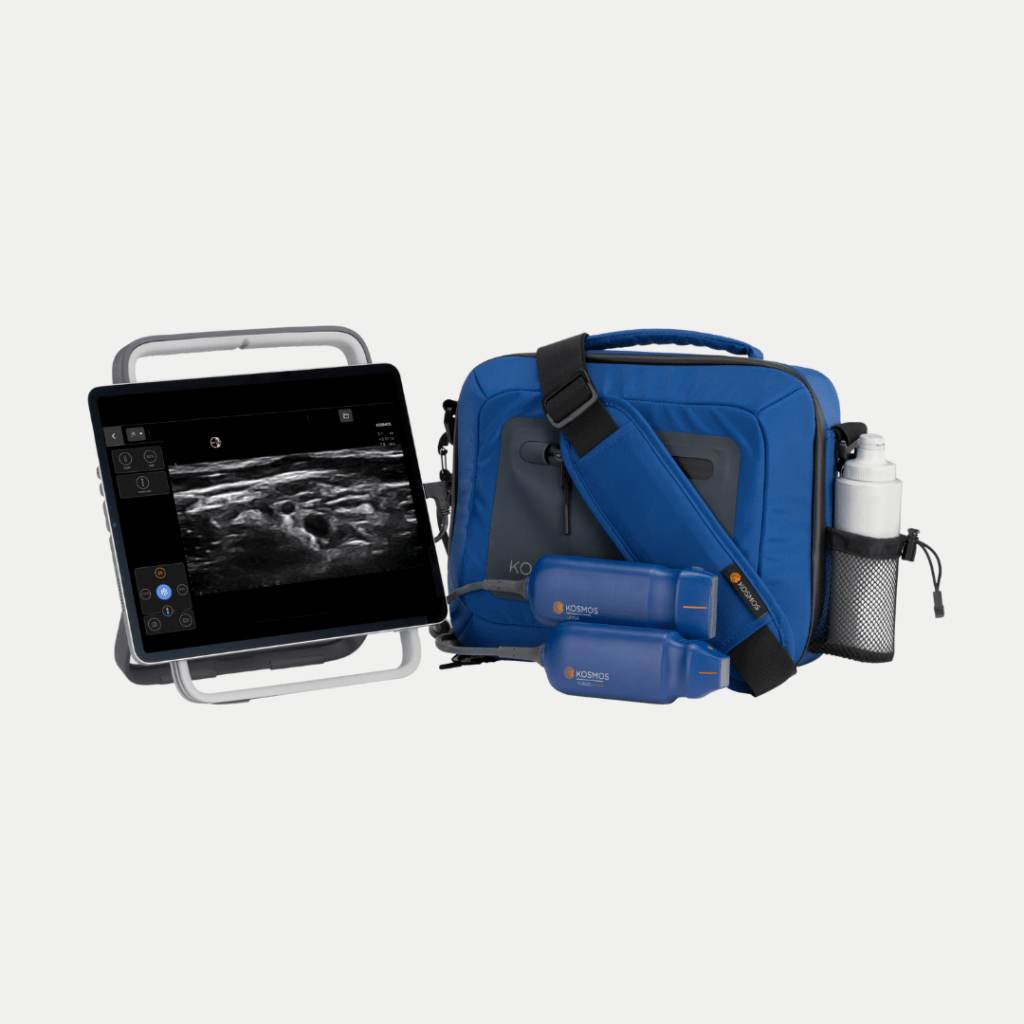
Kosmos Mobile
Tailored for clinicians on-the-go, Kosmos Mobile included an Apple iPad Air or Pro®, Kosmos Essential Carrying Case, choice of probes, advanced Doppler features and our innovative AI capabilities
Kosmos Flexibility
Apple iOS iPads, Android tablets or Kosmos proprietary Bridge tablet available for display
Resources & Insights
How is AI transforming POCUS? What’s ahead for providers and patients in ultrasound technology? We’re here to answer these questions — with our in-depth resources.
-
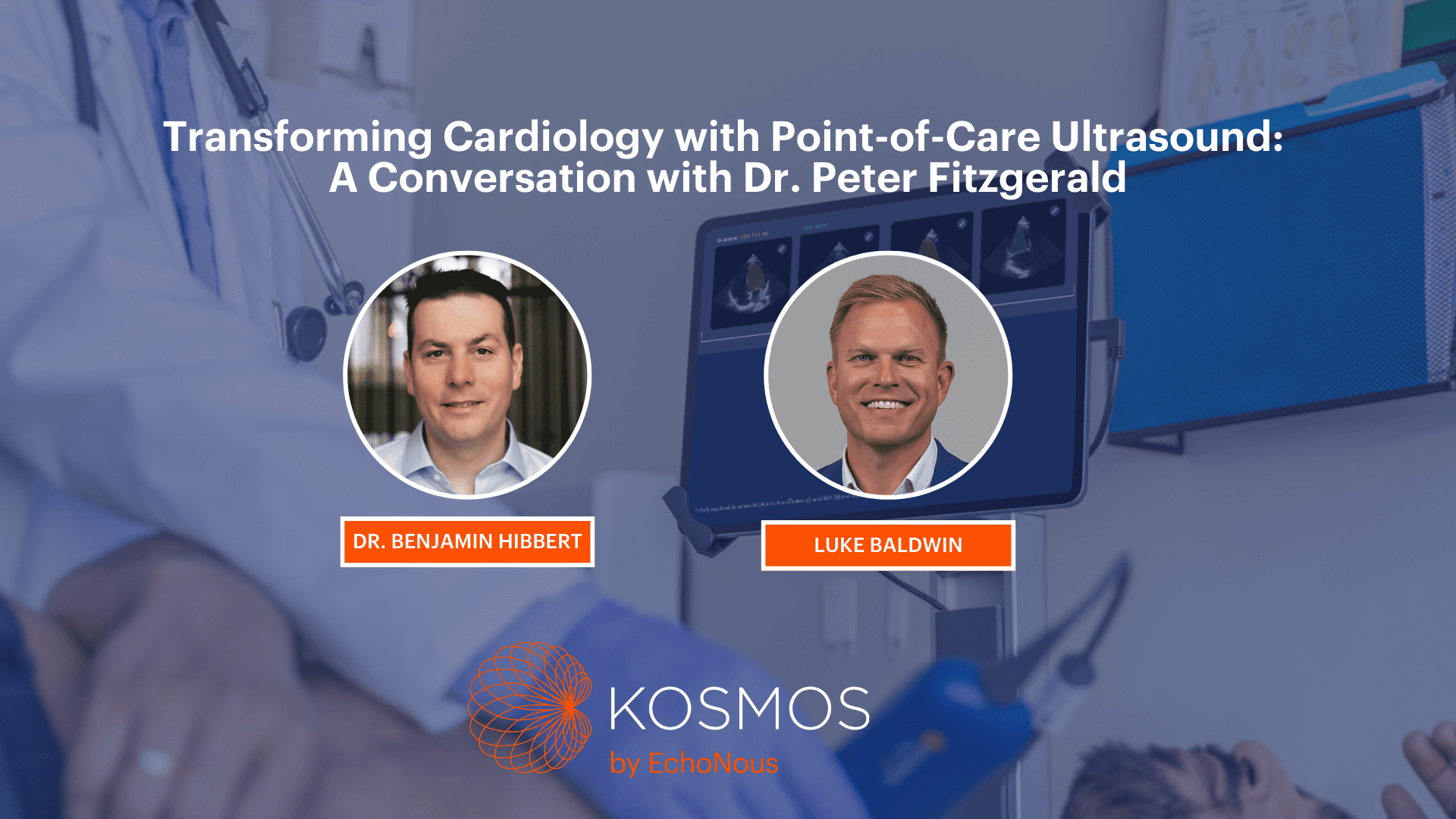
How AI Can Make Diagnoses Faster and Easier: A Conversation with Dr. Benjamin Hibbert
How AI Can Make Diagnoses Faster and Easier:A Conversation with Dr. Benjamin Hibbert Dr. Benjamin Hibbert, MD, PhDInterventional Cardiologist and Critical Care Specialist Luke BaldwinVP of Global Marketing, EchoNous Luke Baldwin, VP of Global Marketing…
-

Democratizing Ultrasound: Dr. Benjamin Hibbert’s Vision for AI-Assisted POCUS Accessibility
Dr. Benjamin Hibbert Interventional Cardiologist and Critical Care specialist, MD, PhD Democratizing Ultrasound:Dr. Benjamin Hibbert’s Vision for AI-Assisted POCUS Accessibility At EchoNous, we recently had the opportunity to sit down with Dr. Benjamin Hibbert, who…
-

Making Every Second Count: Bloomington Fire Department
Bloomington Fire Department Making Every Second Count:Bloomington Fire Department’s Ultrasound Practice during Cardiac Arrest When it comes to innovation in emergency medical services (EMS), the Bloomington Fire Department is a leader, particularly in the use…
